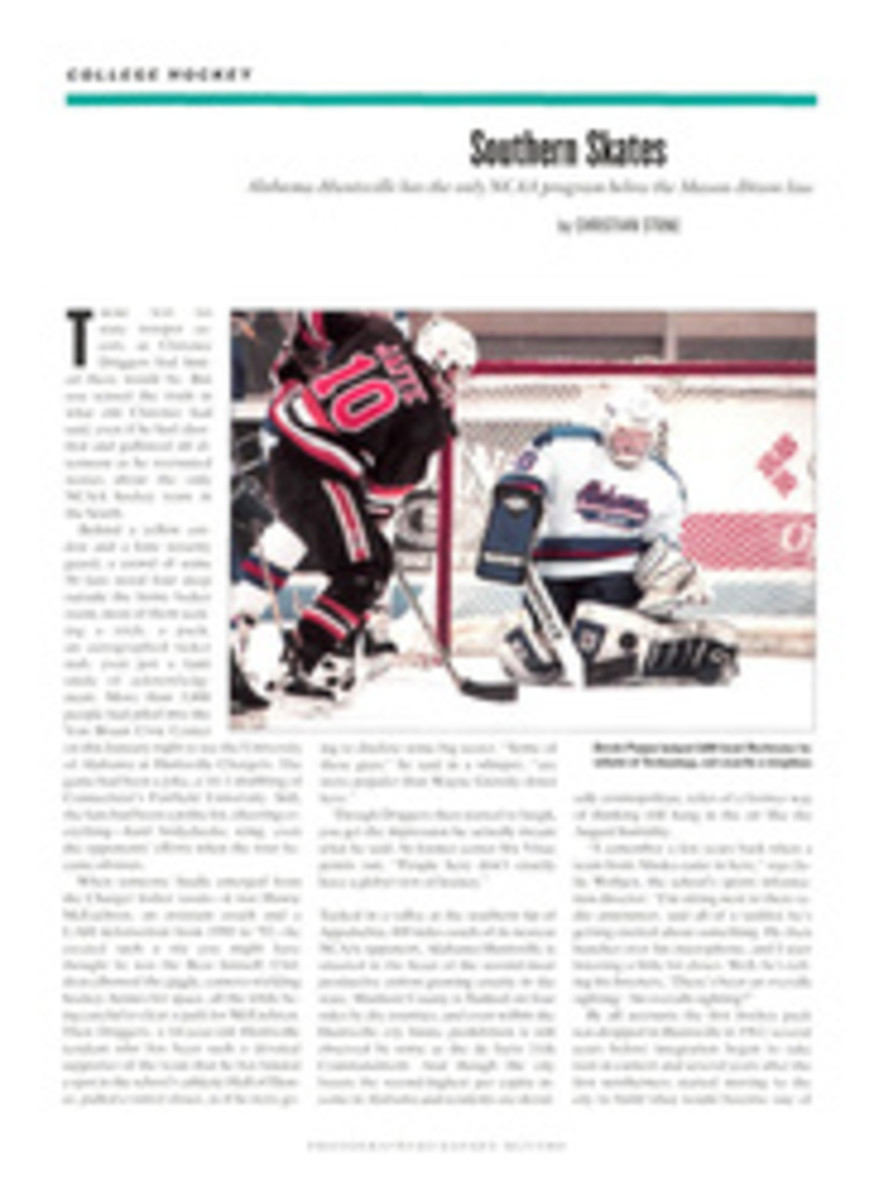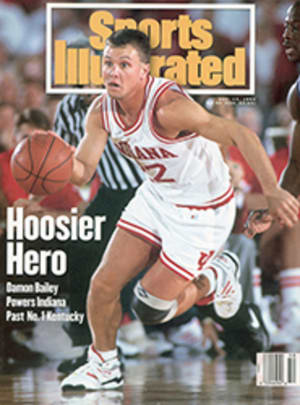
Shootfightin' Man
Imagine one of those absurd professional wrestling exhibitions, one in which, say, Hulk Hogan and Macho Man Savage appear to be battering each other mightily. Now imagine a sport in which the combatants do this for real, and meet Bart Vale, a karate instructor from Miami, whose bouts are anything but staged.
"I just like to hit people and watch them go down," says the 6'4", 260-pound Vale. He may do that better than anyone else on earth. Vale is the current world heavyweight champion in the Japanese sport of shootfighting. Known as Universal Wrestling Federation-style competition in Japan, shootfighting is more like an all-out street fight. Matches are won by knockout or submission, and the rules allow kicks, punches, head butts, joint locks and chokes. About the only things not permitted are strikes to the groin, eye gouges and closed-fist strikes to the head. "The main rule is, no one's ever disqualified," says Vale. "The Japanese want to know who really won."
Vale, 32, who learned karate as a youngster growing up in Miami, eventually earned a sixth-degree black belt and opened a chain of 10 karate schools in South Florida. His fighting career took him from no-contact karate competitions to full-contact kickboxing matches. He also had brief stints as a defensive lineman for the Jacksonville Bulls of the now-defunct USFL and as a professional wrestler, competing as the American Ninja and Bad Bart, among other noms de mat.
In 1986, promoting his Tiger & Dragon Karate Schools, Vale was giving a demonstration at a shopping mall in Fort Lauderdale when he was spotted by Masami Soronaka. Soronaka, a Japanese shootfighting trainer who died last year, was impressed with Vale's high-kicking ability, unique for a 260-pound man. "For his size, Bart is probably among the best kickers alive," says Tony Palmore, a former world kickboxing champion who got Vale started in that sport.
Soronaka invited Vale to Tampa, where he was training fighters. On his first trip there Vale sparred with a 175-pound opponent who promptly threw him to the canvas and nearly ripped his knee out. Vale had found his sport.
The Universal Wrestling Federation, which then ran shootfighting, began flying Vale to Japan once a month to train and compete. He rose quickly through the ranks and in 1990 became the first non-Japanese to crack the top three. Vale's tenacity, combined with his size and an array of kicks the Japanese had never seen before, won him a huge following.
Duane Koslowski, the U.S. super heavyweight representative in Greco-Roman wrestling at the 1988 Olympics and now a shootfighting competitor in Japan, is awed by Vale's strength. "He's as strong as any wrestler I've ever faced," says Koslowski. "And when he gets you on the ground he's like a cobra with those long arms and legs. Everywhere you move, his hold gets a little tighter."
Hoping to bring shootfighting to American audiences, Vale has staged matches in Miami and wants to put the sport on television. Another Japanese organization, which runs a more wrestling-oriented version of the sport called shootwrestling, staged a pay-per-view event from Japan in October that met with some success. But for now, Vale and his sport remain largely unfamiliar in the U.S.
"No one knows me here, so it keeps me humble, but in Japan people stop me for autographs," says Vale. "One time, though, I passed a fish market and this guy eating raw octopus saw me and wanted to shake hands. I told him not until he wiped off the octopus. Sushi makes me queasy."
PHOTO
BILL FRAKES
Vale's kickboxing background provided him with an arsenal of shootfighting weapons.
Mark Jacobs, a former sports reporter for Newsday, is a free-lance writer.

